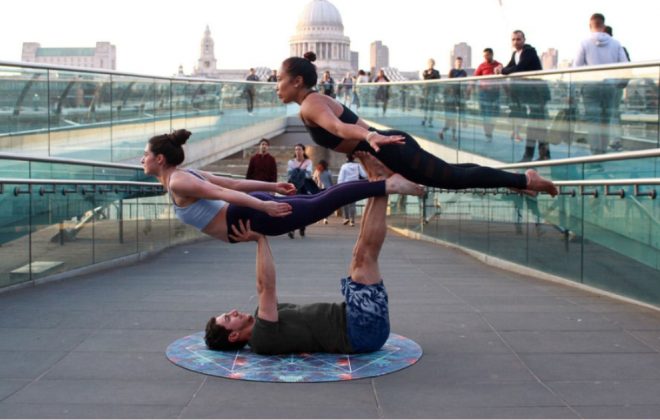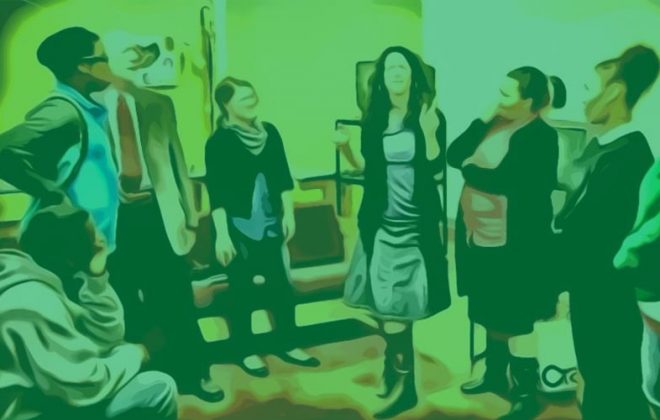
How Saying “Yes” in Improv Translates to Real Life Healing
For anyone that has never tried improv, the very idea can cause stress. Standing up in front of a crowd and being expected to speak sounds horrible – one would think. So, how is it possible that improv is becoming a recognized group therapy tool?
The Research
Scientists, researchers, and psychologists have been noticing the parallels between therapy and improv over the last few years. “Both improv and applied psychology practices aim to increase personal awareness, interpersonal attentiveness, and trust,” writes Gordon Bermant, a psychology professor at the University of Pennsylvania. The similarities between improv and applied psychology are based on solving real-world problems in safe environments. One main principle of therapy is the guarantee that the client can speak freely without being judged – the same goes in improv. There’s a rule in improv that everyone has to say “yes and” to every idea (you accept a performer’s idea and add to it). The “yes and” rule ensures that a safe space is built for improvisers. No one will be judged or rejected, in therapy or in improv.
The Healing
Since the improv community is a judgment-free space, there is no need for participants to fear failure or rejection. This makes it an ideal place for people who struggle with many types of anxiety disorders and issues of self-esteem or confidence. In psychology, there’s a practice called exposure therapy in which patients slowly confront their fears in order to heal. Similarly, psychologists believe improv can act as exposure therapy by providing a safe space to gradually deal with anxiety. Another common therapy practice, cognitive-behavior therapy, helps people alter their thoughts in order to heal emotions. Improv can definitely be seen to alter thought patterns. Performers must be constantly self-aware of their thoughts, what’s holding them back from speaking, what makes them nervous, whatever is running through their heads. By pushing through negative thoughts and changing stubborn patterns, people can alter their behavior and their emotions.
The Aftermath
So what can participants expect to walk away with? Mark Pfeffer, the director of PARC (an anxiety recovery center) says, “Certainly we’re not going to cure someone in eight weeks from a lifetime of mild to moderate social anxiety; however, what we look for is changes in their behavior and their thinking.” Students can learn to laugh in the face of fear, as it were. The safe space that improv can provide, especially through the rule of saying yes and being sure people will say yes to you, can greatly help foster trust and break up negative thought patterns. These are very important first steps on a path to healing.
People come to improv for lots of different reasons. Some might be looking to gain confidence or they might want to be funnier; but it’s important to acknowledge that improv can help improve mental health in many cases and it’s well worth saying yes to trying.
Related Posts
Categories
- Advocacy (1)
- Articulate (2)
- From the Advisory Board (1)
- Improv (13)
- Improv and Children (6)
- Improv Exercises (28)
- Improv Life Lessons (23)
- Interviews (2)
- ITG Blog (29)
- ITG Games and Exercises (26)
- ITG Podcasts (3)
- Look Who Gets It (10)
- Meditation (1)
- Neuroplasticity (5)
- Self-Care (9)
- Storytelling (3)
- Teamwork (6)
- Therapy (5)
- Yes, and (13)




